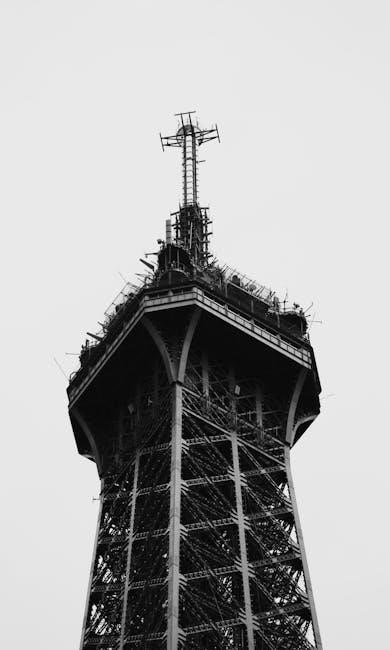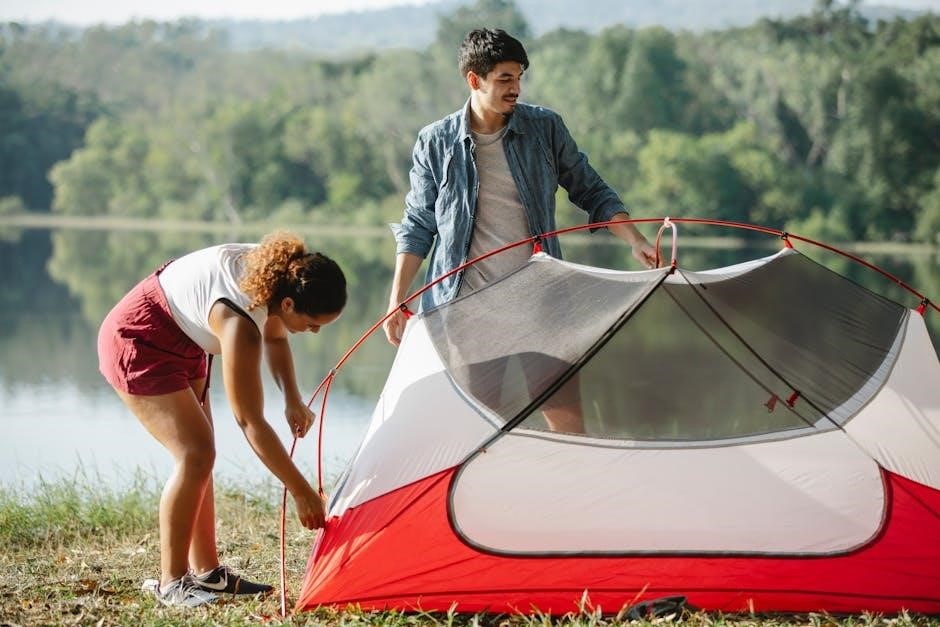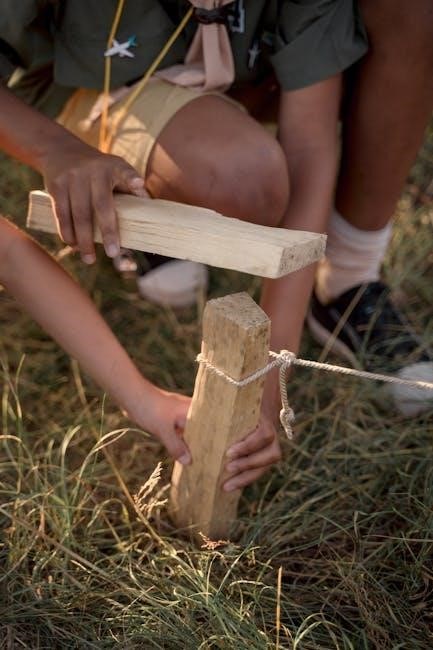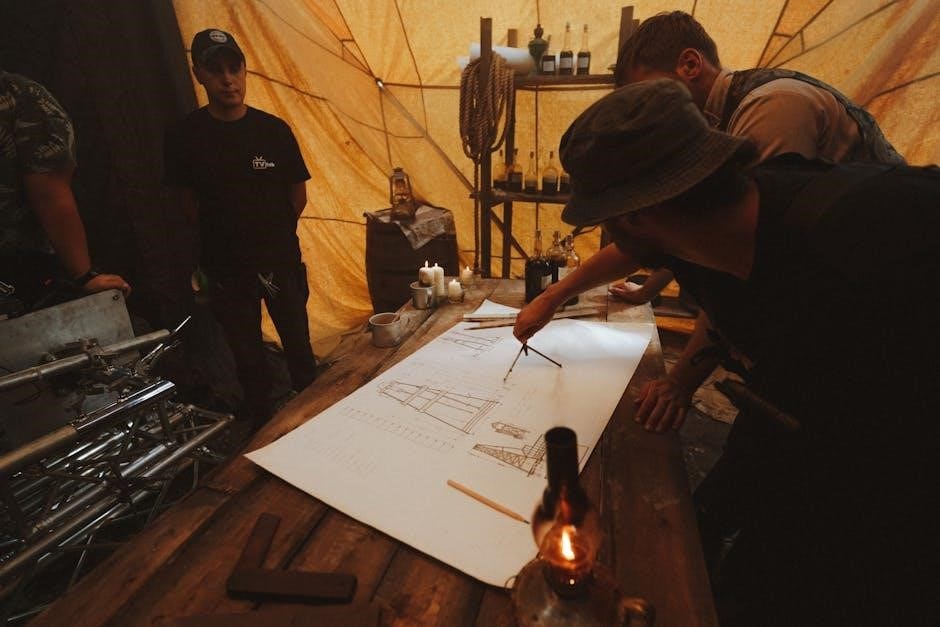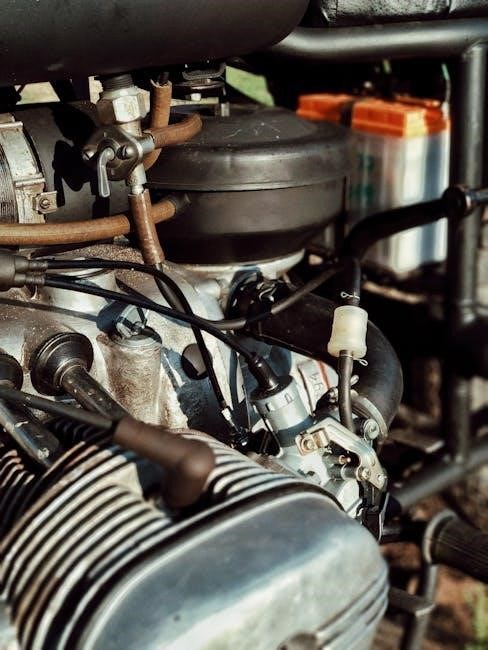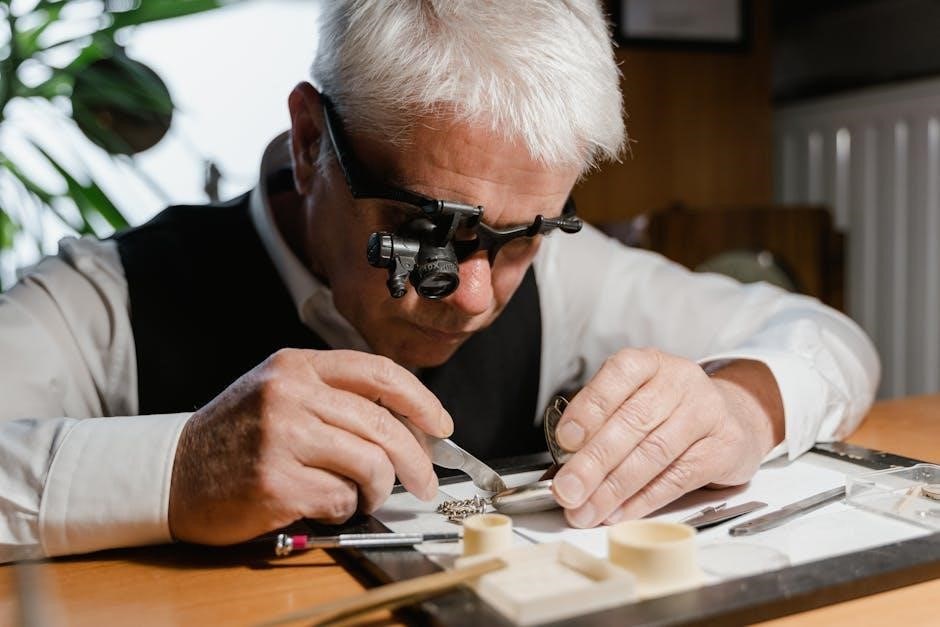Hyundai Sonata 2015 Manual: A Comprehensive Guide
This guide provides essential information for 2015 Hyundai Sonata owners‚ covering operation‚ maintenance‚ safety‚ and technical details – accessible as a downloadable PDF.
Welcome to the comprehensive guide for your 2015 Hyundai Sonata! This owner’s manual serves as a vital resource‚ detailing everything from basic vehicle operation to intricate maintenance schedules. It’s designed to ensure a safe and enjoyable driving experience. Understanding your Sonata’s features and capabilities is paramount‚ and this manual provides clear instructions and important safety information.
The PDF version offers convenient access to all details‚ including specifications and troubleshooting tips. Keeping this manual with the vehicle is recommended for future owners‚ providing continued access to crucial operating and maintenance guidance. Refer to it regularly to maximize your Sonata’s performance and longevity.
Locating the Official 2015 Sonata Owner’s Manual (PDF Download)
Accessing your 2015 Hyundai Sonata’s official owner’s manual is straightforward. Numerous online resources offer a downloadable PDF version‚ providing immediate access to vital information. Several websites host the complete 666-page document‚ approximately 14.48MB in size. These digital copies ensure you always have the manual readily available‚ whether on your computer‚ tablet‚ or smartphone.
Searching online for “Hyundai Sonata 2015 Owners Manual PDF” will yield direct links to download locations. Remember to verify the source to ensure you’re obtaining a legitimate and complete copy. This manual is an invaluable tool for understanding your vehicle’s features and maintenance requirements.

Understanding the Vehicle Identification Number (VIN) and Manual Relevance
Your 2015 Hyundai Sonata’s Vehicle Identification Number (VIN) is crucial for accessing specific information related to your vehicle. While the general owner’s manual provides comprehensive guidance‚ certain details – like original equipment and specific build dates – are tied to the VIN.
The manual itself emphasizes its importance in staying with the vehicle upon resale‚ ensuring the new owner has essential operating‚ safety‚ and maintenance details. Though the core information remains consistent across 2015 Sonatas‚ referencing your VIN when contacting Hyundai or a dealer can help pinpoint precise specifications and recall information relevant to your particular car.

Key Features and Operation
Explore the 2015 Sonata’s interior and exterior features‚ controls‚ and instrument panel – understanding each element ensures safe and efficient vehicle operation.
Interior Features and Controls Explained
The 2015 Hyundai Sonata’s interior boasts a user-friendly design. This section details operation of the climate control system‚ including temperature adjustments and fan speed settings. Learn about the audio system‚ radio presets‚ and infotainment features for optimal enjoyment.
Understand seat adjustments – manual and power options – for personalized comfort. Explore the functionality of interior lighting‚ including map lights and dome lights. Discover how to utilize the various storage compartments‚ including the glove box and center console.
This guide also explains the operation of power windows‚ door locks‚ and the steering wheel-mounted controls. Familiarize yourself with the location and function of all interior features for a seamless driving experience.
Exterior Features and Operation Instructions
The 2015 Hyundai Sonata’s exterior features are designed for convenience and safety. This section details operation of the exterior lighting‚ including headlights‚ taillights‚ and turn signals. Learn about the windshield wiper and washer system‚ including various speed settings and rear wiper operation.
Understand how to adjust the exterior mirrors for optimal visibility. Explore the functionality of the power sunroof (if equipped)‚ including opening‚ closing‚ and tilt features. Discover the operation of the remote keyless entry system‚ including locking‚ unlocking‚ and trunk release.
This guide also explains the proper use of the exterior door handles and the fuel filler door. Familiarize yourself with all exterior features for safe and efficient vehicle operation.
Understanding the Instrument Panel and Warning Lights
The 2015 Hyundai Sonata’s instrument panel provides crucial vehicle information. This section details each gauge‚ including the speedometer‚ tachometer‚ fuel gauge‚ and temperature gauge. Learn to interpret the various indicator lights‚ categorized by severity – from informational to warning.
Understand the meaning of warning lights such as the check engine light‚ ABS light‚ airbag light‚ and low tire pressure light; Familiarize yourself with the operation of the multi-information display‚ showing trip data and vehicle settings.
Knowing the instrument panel and warning lights is vital for identifying potential issues and ensuring safe vehicle operation. Refer to the owner’s manual for a complete list and detailed explanations of each indicator.

Maintenance and Care
Regular maintenance‚ including oil changes and scheduled servicing‚ is crucial for your 2015 Sonata’s longevity and performance‚ as detailed in the owner’s manual.
Recommended Oil Type and Capacity (Hyundai Sonata 2015)
Maintaining the correct oil level and type is vital for your 2015 Hyundai Sonata’s engine health. Hyundai recommends using Quaker State oil‚ though consulting your owner’s manual for specific viscosity grades is essential. Typically‚ a 5W-20 or 5W-30 oil is suitable‚ depending on climate and driving conditions.
The oil capacity for the 2015 Sonata varies slightly based on engine type. For the 2.4L engine‚ the capacity is approximately 4.8 quarts (4.5 liters) with a filter change. The 2.0T engine generally requires around 5.1 quarts (4.8 liters). Always verify the exact capacity in your owner’s manual before adding oil. Regularly checking the oil level using the dipstick ensures optimal engine performance and prevents potential damage.
Scheduled Maintenance Intervals and Procedures
Your 2015 Hyundai Sonata’s longevity depends on adhering to a consistent maintenance schedule. The owner’s manual details specific intervals‚ but generally‚ oil changes are recommended every 7‚500 to 10‚000 miles using approved oil types. Tire rotations should occur every 5‚000 miles to ensure even wear.
Key procedures include inspecting and replacing air filters‚ cabin air filters‚ and engine coolant at designated intervals. Brake inspections are crucial‚ along with fluid checks (brake‚ coolant‚ power steering). More extensive services‚ like spark plug replacement and timing belt inspection‚ are scheduled at higher mileage milestones. Following these procedures‚ as outlined in the manual‚ helps maintain optimal performance and safety.
Tire Pressure Monitoring System (TPMS) – Operation and Reset
The 2015 Hyundai Sonata features a Tire Pressure Monitoring System (TPMS) that alerts you when tire pressure is low‚ enhancing safety and fuel efficiency. A TPMS warning light on the instrument panel indicates a problem – either low pressure in one or more tires‚ or a system malfunction.

To reset the TPMS after inflating tires to the correct pressure (found on the driver’s side doorjamb)‚ consult your owner’s manual for the specific reset procedure. This usually involves a sequence of ignition cycles and button presses. Regularly checking tire pressure manually is still recommended‚ even with TPMS‚ for optimal tire life and vehicle handling.

Safety and Security
This section details the 2015 Sonata’s safety features‚ including airbags‚ ABS‚ ESC‚ and the security system – crucial for protecting occupants and the vehicle.
Safety Restraint System (SRS) – Airbags and Seatbelts
The 2015 Hyundai Sonata’s Safety Restraint System (SRS) is designed to work with properly worn seatbelts‚ offering optimal protection during a collision. This system includes advanced airbags strategically positioned throughout the vehicle – front‚ side‚ and curtain airbags.
Understanding how the SRS functions is vital; airbags deploy rapidly and with significant force. Always ensure passengers‚ especially children‚ are correctly restrained. The owner’s manual provides detailed instructions regarding airbag system components‚ deployment indicators‚ and important safety precautions.
Seatbelts are the primary safety device‚ and their proper use is paramount. Regularly inspect seatbelts for damage and ensure they are securely fastened before each journey. Ignoring these safety measures can significantly increase the risk of injury.
Anti-lock Braking System (ABS) and Electronic Stability Control (ESC)
The 2015 Hyundai Sonata features an Anti-lock Braking System (ABS) and Electronic Stability Control (ESC) designed to enhance vehicle control during challenging driving conditions. ABS prevents wheel lock-up during hard braking‚ allowing the driver to maintain steering control. ESC helps mitigate skidding and loss of control by selectively applying brakes to individual wheels.
The owner’s manual details how these systems operate and what to expect when they engage – a pulsating sensation in the brake pedal is normal with ABS activation. Understanding these systems is crucial for safe driving.
Regular maintenance‚ as outlined in the manual‚ ensures optimal performance of ABS and ESC‚ contributing to overall vehicle safety.
Security System – Operation and Troubleshooting
The 2015 Hyundai Sonata’s security system provides a deterrent against theft and unauthorized access. The owner’s manual comprehensively explains the system’s operation‚ including arming and disarming procedures‚ panic alarm activation‚ and remote keyless entry functions. It details the importance of keeping remote transmitters secure and avoiding programming errors.
Troubleshooting guidance is provided for common issues like false alarms or system malfunctions. The manual instructs owners on how to reset the system and what steps to take if problems persist‚ recommending consultation with a Hyundai dealer for complex issues.

Proper understanding of the security system enhances vehicle protection.

Technical Specifications
This section details the 2015 Sonata’s engine performance data‚ transmission information‚ and crucial fluid capacities – oil‚ coolant‚ and brake fluid – for optimal maintenance.
Engine Specifications and Performance Data
The 2015 Hyundai Sonata offered several engine options‚ each with distinct specifications. The standard engine was a 2.4L Inline-4‚ producing 185 horsepower and 178 lb-ft of torque. An optional 2.0L Turbocharged Inline-4 delivered a more robust 274 horsepower and 269 lb-ft of torque. A 1.6L Turbocharged Inline-4 was also available‚ generating 192 horsepower and 195 lb-ft of torque.
Fuel economy varied depending on the engine and transmission choice. The 2.4L engine achieved an EPA-estimated 26 mpg city / 38 mpg highway. The 2.0T offered 22 mpg city / 34 mpg highway‚ while the 1.6T achieved 28 mpg city / 36 mpg highway. Understanding these specifications is crucial for informed maintenance and performance expectations‚ as detailed within the owner’s manual.
Transmission Information and Fluid Checks
The 2015 Hyundai Sonata primarily featured a 6-speed automatic transmission‚ offering smooth and efficient gear changes. A continuously variable transmission (CVT) was paired with the 1.6L Turbo engine. Regular transmission fluid checks are vital for optimal performance and longevity. The owner’s manual details the proper procedure‚ typically involving checking the fluid level with the engine running and warm.
Fluid should be bright red and free of debris. Dark or burnt-smelling fluid indicates a need for a fluid change. Recommended fluid type is specified in the manual; using the incorrect fluid can cause damage. Proper maintenance‚ as outlined in the manual‚ ensures reliable transmission operation and prevents costly repairs.
Fluid Capacities – Oil‚ Coolant‚ Brake Fluid‚ etc.
Maintaining correct fluid levels is crucial for your 2015 Hyundai Sonata’s performance. The engine oil capacity typically ranges around 4.8 – 5.1 quarts (depending on the engine type – consult your owner’s manual for specifics). Coolant capacity is approximately 1.5 gallons when refilling the system. Brake fluid capacity varies‚ but generally falls around 1 quart. Power steering fluid capacity is roughly 0.8 quarts.
Always refer to the official owner’s manual for precise capacities‚ as variations exist based on engine and trim level. Using the correct fluids‚ as specified in the manual‚ is essential to avoid damage and ensure optimal operation of all vehicle systems.

Troubleshooting and FAQs
This section addresses common 2015 Sonata issues and provides solutions‚ alongside frequently asked questions sourced directly from the official owner’s manual.

Common Issues and Solutions for the 2015 Sonata
Owners of the 2015 Hyundai Sonata sometimes encounter issues with the radio and infotainment system‚ requiring careful adherence to manufacturer instructions or dealer consultation. Other reported problems include concerns related to the Tire Pressure Monitoring System (TPMS)‚ often resolved with a system reset as detailed in the owner’s manual.
Additionally‚ some users have experienced minor electrical glitches. Regularly checking fluid levels – oil‚ coolant‚ and brake fluid – as outlined in the manual‚ can prevent more significant mechanical problems. For persistent issues‚ consulting a qualified Hyundai technician is always recommended. Remember to refer to the comprehensive PDF manual for detailed diagnostic steps and preventative maintenance schedules.
Frequently Asked Questions (FAQ) Based on Owner Manual
Q: Where can I find the official 2015 Sonata owner’s manual? A: It’s available as a PDF download online‚ ensuring you have access to vital operating and maintenance information. Q: What oil type does Hyundai recommend? A: Hyundai suggests Quaker State oil; consult the owner’s manual for specific details and viscosity grades.
Q: How do I reset the TPMS? A: The manual provides step-by-step instructions for resetting the Tire Pressure Monitoring System. Q: Is the manual transferable? A: Yes‚ the manual should remain with the vehicle for future owners. Accessing the PDF version ensures continued availability even after a sale.
Radio and Infotainment System – Instructions and Precautions
The 2015 Hyundai Sonata’s radio and infotainment system offer various features‚ but proper operation is crucial. Refer to the owner’s manual for detailed instructions on utilizing all functionalities‚ including Bluetooth pairing and audio adjustments. For precautionary measures‚ Hyundai recommends following the radio manufacturer’s guidelines.
Consulting your Hyundai dealer is advised for any concerns regarding safe operation or potential interference. The manual emphasizes the importance of avoiding distractions while driving when using the infotainment system. Prioritize safe driving practices and familiarize yourself with the system’s features before operating the vehicle.

























